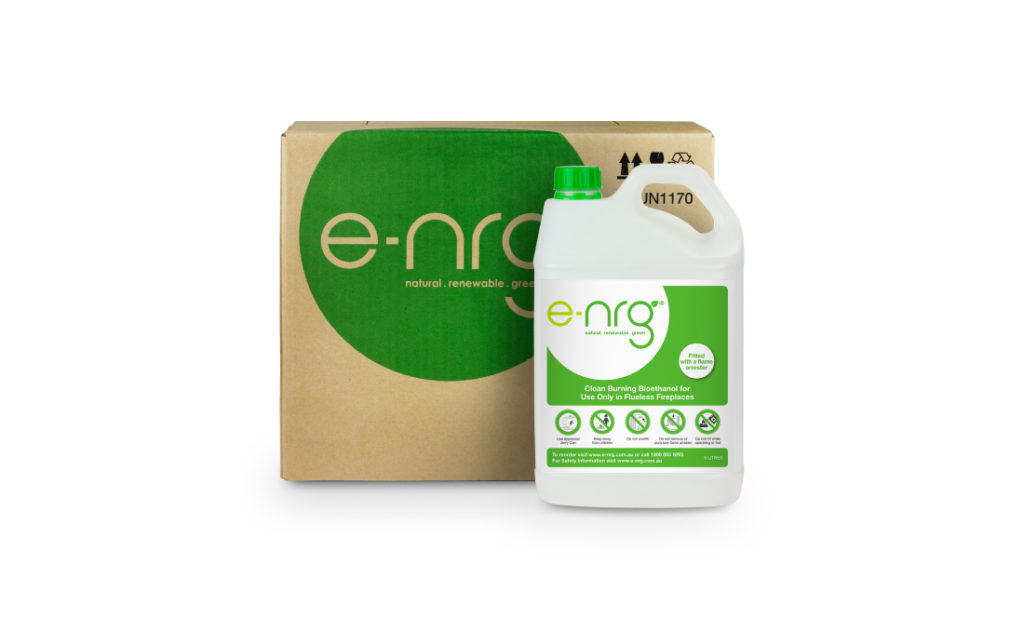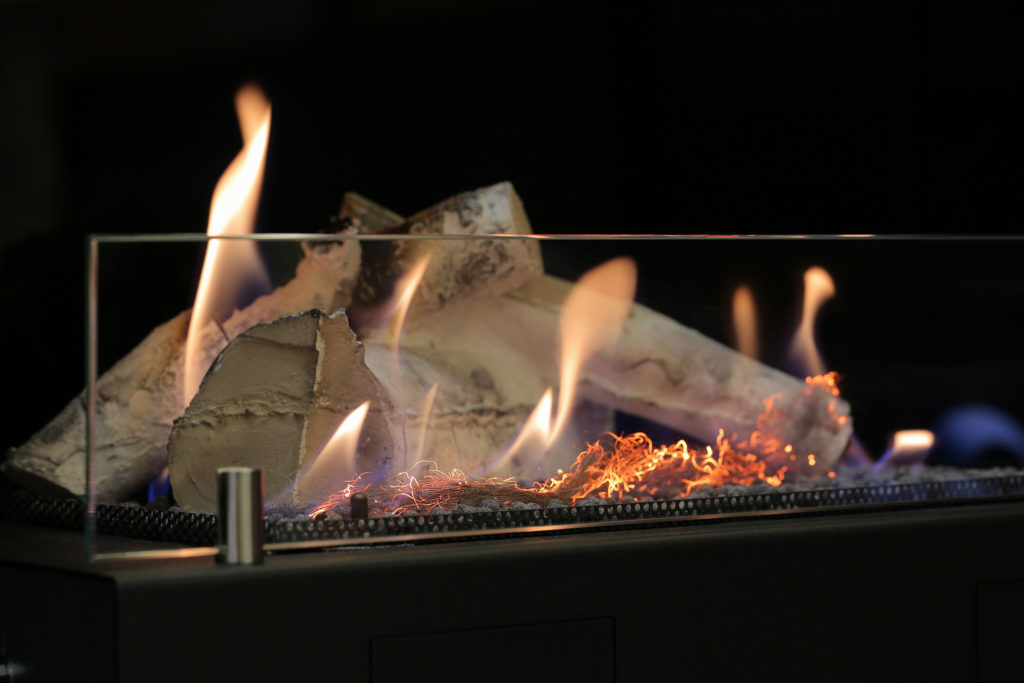Biofuel fireplaces provide a modern, beautiful, cost-effective and convenient way of warming your home. In general, they are a safe appliance to use. However, there are always going to be guidelines that should be adhered to when burning a fire inside your house.
“As long as instructions are followed and care is taken then they are 100% safe. The fuel sits in a patented ceramic fibre so even if they are tipped over, no fuel will spill out (as long as it’s not over filled).”
All of our ethanol burners and fireplaces comply with the New Zealand standard (BS:EN 16647:2015). As a starting point, it’s vital that you begin your search by seeking out bio fires that are compliant with local standards – regardless of which company you buy from. The risks of potential disaster with a non-compliant fire are simply not worth the upfront cost savings.
Once you’ve found a great fireplace that suits your home environment, you will probably be wondering how to use it safely.
Setting up your Biofuel fireplace:
One of the benefits of bio fires is that you don’t need council permits, chimneys or flues. However, it is still important to think strategically about where your fire will be located.
If you decide to mount it on the wall, make sure that the flame is kept away from ceilings, curtains and other objects. A good rule of thumb is to keep it at least 1m away from any potential obstructions.
You may be good at DIY activities and decide to install it yourself. If you aren’t confident with mounting the fireplace (and want to have it displayed on the wall), hire a professional builder or handyman to set it up properly.
Make sure that your fireplace is located in a well-ventilated area. Biofuel fireplaces work by combusting ethanol into carbon dioxide and water vapour, so it’s important that your room has sufficient air-flow to disperse any carbon dioxide created. If you are unsure whether your room has enough air-flow, please feel free to contact us for further guidance.
Avoid placing your bio fire in kids rooms and open hallways. Regardless of where you put the fireplace, never use it in a tightly sealed space. If you’re wondering what sized room your fireplace can comfortably heat, or how large your fireplace needs to be to warm your home, check out our heating guide.
Adding fuel:

Here are a few tips on what not to do when fuelling up the fireplace and general guidelines for happy heating:
- Do not fill while the fire is burning.
- Make sure not to fill above the ‘max’ line.
- Do not fill while hot – wait at least 15 minutes after the flames have been extinguished before adding more fuel.
- Never smoke while handling fuel.
- If you spill any fuel, make sure to clean it up before igniting the fire.
- Remember that ethanol biofuel is a flammable liquid. Treat it just like you would handle petroleum.
- Only used approved biofuel to heat your fireplace. Never use gasoline.
We also supply approved ethanol biofuel to keep your biofire topped up – click here to find out more. Make sure to dispose of any old bio-ethanol containers in an environmentally friendly manner that meets local regulations for handling hazardous materials.
Using the fire:

Before using the fire, make sure to read through the safety guidelines and induct anyone else who will be using the fireplace. Whilst bio fires are pretty safe to use, they aren’t all that widely used at this stage, so it is therefore important to have an understanding what you are doing.
Keep away from children. Avoid using your fire close to furniture, curtains and other materials. “Do not place any flammable material within 40 inches of the fireplace and at least 80 inches from windows or curtains.” – Source.
Make sure to use the fire with supplied accessories and keep an arm’s length away when igniting the fuel. It’s also a good idea to keep a fire extinguisher on hand and avoid leaving the flame unattended.
Never use water to put out the fire – instead, put the lid back on which starves the fire of oxygen. Our final point when using the fireplace might seem obvious, but don’t use it for cooking food. It was not designed for this purpose.
Once you’ve finished using the fire, it’s time to put it out:
If the fire doesn’t go out on the first attempt, keep the lid on until the flame is gone. Where possible, let the fuel burn out completely. This is not absolutely necessary, but it reduces the fire risks and helps to prevent dirty residue from clogging up the burner.
Here’s to warmth for many years to come:

We hope that you have found these tips useful. If you have any other questions about setting up, using or maintaining biofuel fireplaces, please feel free to get in touch with us for further guidance on our area of expertise.
Naked Flame is New Zealand’s leading biofuel fireplace specialist shop. Our products are at the intersection of quality, leading design trends and eco-friendly comfort. Find out more today!
